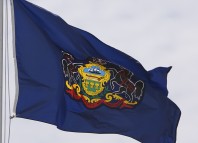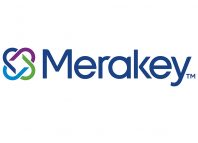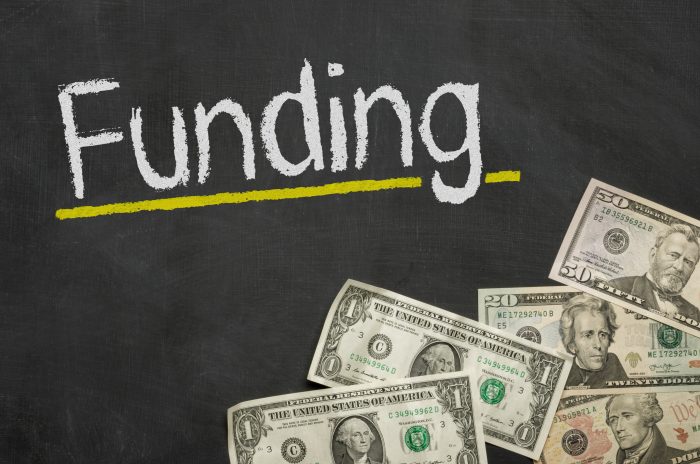PA Emergency COVID-19 Response Funds FAQ for Funding Distributed by DHS
The Office of Developmental Programs (ODP) has shared information to help providers who received Act 24 funds identify areas of allowable costs prior to November 30. The PA Emergency COVID-19 Response Funds FAQ has been updated as of November 9, 2020.
On May 29, 2020, Governor Wolf signed Act 24 of 2020, which allocates funding from the federal Coronavirus Aid, Relief, and Economic Security Act – also known as the CARES Act – to assist providers with COVID-19 related costs. Act 24 Coronavirus Relief Funds (CRF) can be used to cover necessary COVID-19 related costs that were incurred between March 1, 2020 and November 30, 2020 and that have not been otherwise reimbursed by Federal, State, or other sources of funding.
There are two criteria to determine if a cost is an allowable CRF cost per Act 24 and the US Treasury Guidance:
- The cost was incurred due to the COVID-19 public health emergency (PHE) between March 1 and November 30, 2020; and
- The cost is related to the COVID‐19 PHE.
If both of these criteria are met, and the cost was not included in the entity’s most recently authorized budget as a usual business expense, it is an allowable CRF expense.
Examples of allowable expenses include but are not limited to the following:
- Payroll expenses, including salaries and benefits, hazard pay, and overtime costs of an employee whose time is substantially dedicated to mitigating or responding to the COVID-19 PHE;
- Supplies used to provide health care services for possible or actual COVID-19 patients;
- Equipment used to provide health care services for possible or actual COVID-19 patients;
- Workforce training as it relates to COVID-19;
- Developing and staffing emergency operation centers;
- Reporting COVID-19 test results to federal, state, or local governments;
- Lease or purchase of medical supplies and equipment, personal protective equipment, and COVID-19 testing supplies;
- Reconfiguring an existing facility or constructing temporary structures to expand capacity for COVID-19 patient care or to provide health care services to non-COVID-19 patients in a separate area from where COVID-19 patients are being treated;
- Housekeeping supplies and the disinfection of buildings, public areas, and other facilities used for providing services to consumers;
- Acquiring additional resources, including facilities, equipment, supplies, health care practices, staffing, and technology to expand or preserve care delivery;
- IT related costs such as need hardware and software purchase and telecommuting costs;
- Administrative expenses that represent an increase over previously budgeted amounts and are limited in what is necessary; and
- Revenue losses for non-public entities that are attributable to coronavirus. NOTE: Public entities, such as county nursing facilities, cannot include revenue losses attributable to coronavirus.
The US Treasury Guidance, the Coronavirus Relief Fund FAQs, the Department of Human Services (DHS) Emergency Relief Funds FAQs, and the Act 24 Cost Report Template are good resources for understanding eligible expenses. As a reminder, entities who received Act 24 CRF have until November 30, 2020 to spend their Act 24 CRF. Any unspent Act 24 funds as of November 30, 2020 must be returned to DHS. While costs must generally be incurred by November 30 under Act 24, please reference the US Treasury Guidance section that discusses costs incurred verses funds expended to cover the cost for leased and bulk purchases of supplies, such as personal protective equipment, for additional flexibility.
Please contact Rick Smith if you have questions or concerns.










